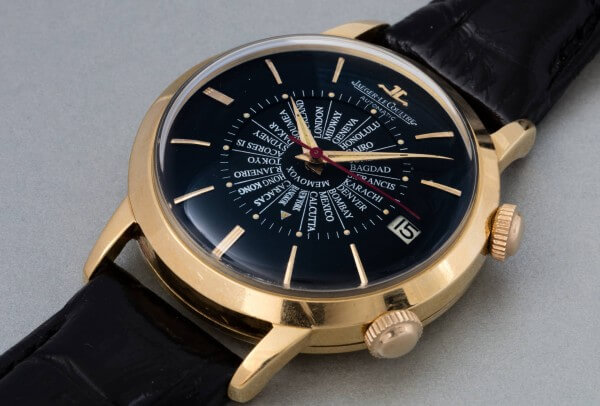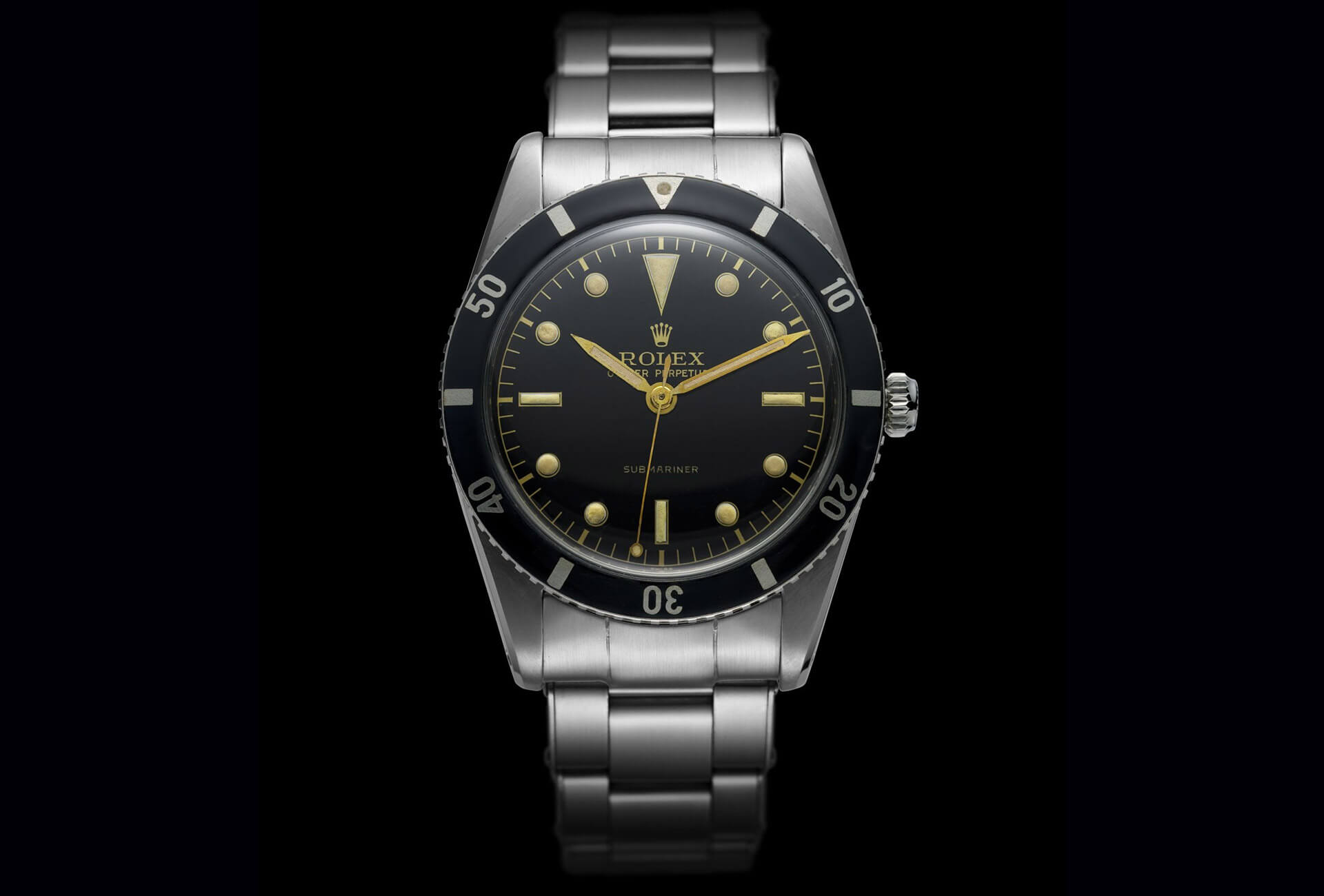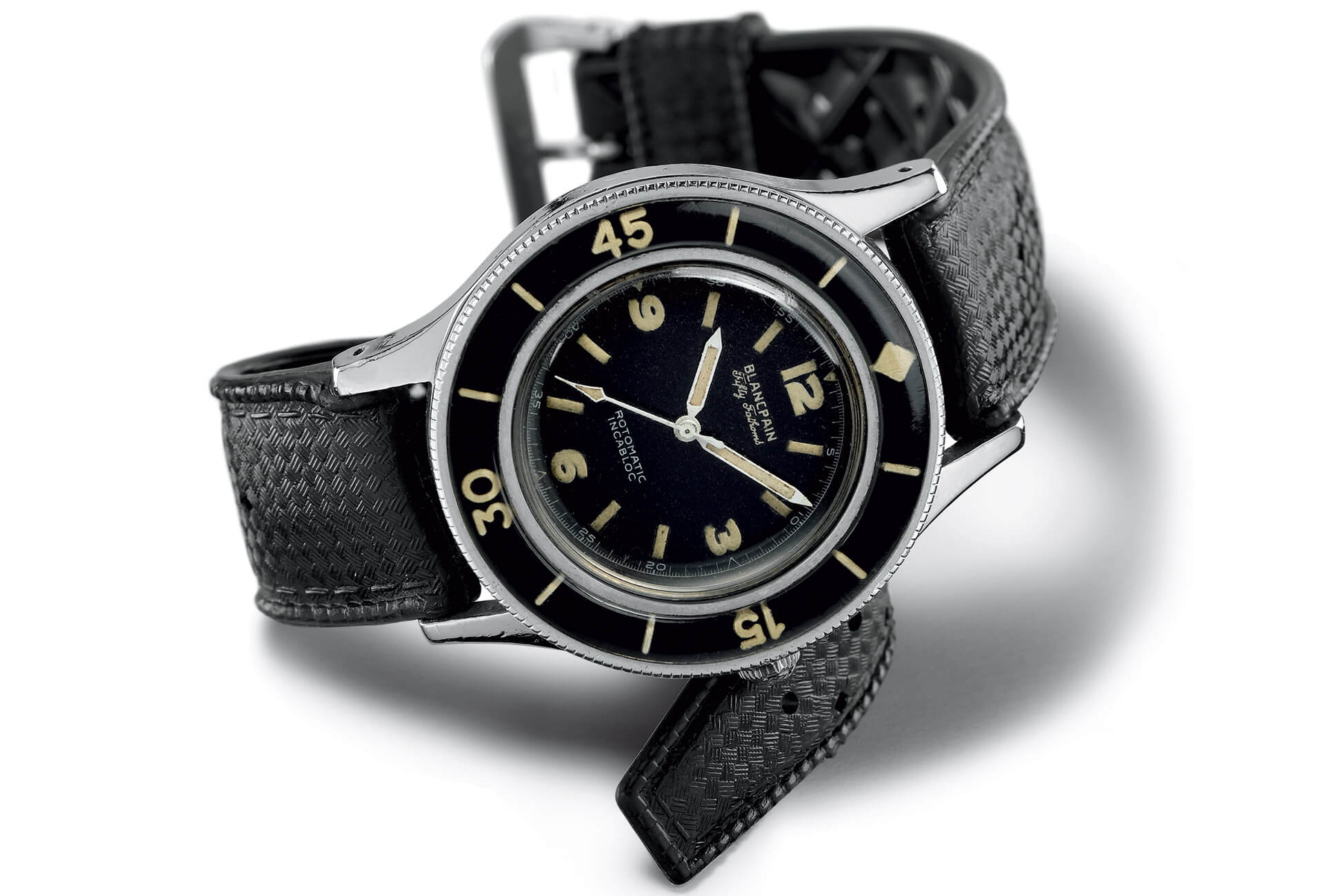Aside from personal taste, the two most important elements to consider when buying (and selling) pre-owned watches are condition and make. “Make” is not just about brand, but about how the watch is made and finished – though it’s common knowledge that some brands do it better than others. The classic brands that get top dollar on the secondary market are Patek Philippe, Rolex, Audemars Piguet, Vacheron Constantin, Cartier and a few others. There are many other brands whose names appear less frequently in the resale market, but who have great watches that are beautifully finished, many of which were produced recently enough that they have not yet been widely circulated on the pre-owned market.
Buying online on one of the numerous collector sites or on Amazon is becoming more popular, but with some caveats.
When you buy from a major auction house that specializes in watches, you can count on the condition report as an expert opinion and prices that reflect market value. Smaller auction houses may be the place to pick up bargains, but be sure to inspect the watch in advance. Some bricks-and-mortar retailers have pre-owned watch sections, and some have website inventories, but mainly they carry new introductions. Buying online on one of the numerous collector sites or on Amazon is becoming more popular, but with some caveats. Here are 10 tips for building a great watch collection.

1. Peruse catalogues from the main auction houses such as Antiquorum, Phillips, Christie’s and Sotheby’s. They will help you track what kinds of timepieces come onto the resale market and what they sell for. They will also allow you to scout for good deals on more minor pieces that collectors are selling off in order to trade up. Complicated pieces from Patek Philippe, Vacheron Constantin, Audemars Piguet and certain models of other brands, including Rolex, can run into the hundreds of thousands, but you can also get deals at auction or online starting at under $1,000. If a watch has no impressive provenance (not owned by a celebrity), no extraordinary complication and does not represent a limited series, but is simply a watch you like, you may get a bargain.
2. Build a relationship with an authorized dealer. This will pay off when your favorite brand releases a limited edition of which there are only 12 pieces in the world and you want one. It will also ensure ongoing insider tips about watches.
3. Know your seller. Seasoned collectors are adept at buying online, but until you become an experienced buyer, start by visiting authorized dealers to find out more about brands and models. Take a look at the “buyer beware” sections of blogs, as well as websites that review sellers of pre-owned watches. Collectors tend to warn each other about bad dealers.
4. Before buying a pre-owned watch, find out if it can be repaired or restored. Some brands, including Patek Philippe, Blancpain, Glashütte Original and Breguet, will authenticate and restore their watches, but others do not repair or provide components for vintage pieces, particularly if the piece has been altered.
5. Go for a transitional piece. When a brand refreshes an iconic collection, improving the movement, changing the metal or upping the case size, for example, the watches made last in the series before the model was changed are considered “transitional,” and often become collectors’ items along with the first editions of the new series. In some cases, the improved model involves just a tweak, and the discontinued model is no less a fine watch.
6. Look for an in-house movement. There are a lot of bloggers out there who claim this makes no difference – well, it does and it doesn’t. If the brand in question has an excellent relationship with a maker of fine mechanical movements, that’s fine. But this is rarer than it used to be. It’s always good to get a watch with a movement and case that were made for each other; and good to know that service and repairs will be undertaken by the original maker.
Remember that a collection of four exceptional watches is better than a collection of 10 mediocre ones.
7. Beware of fads. Large watches were deemed as the ultimate must-have five years ago. Today, slim vintage-style watches are hot. Size alone should not constitute the reason for buying a watch any more than, say, a carbon-fiber dial, a titanium case or a rubber strap. These elements alone will not ensure value retention.
8. Get insurance or an in-home safe for your watch collection. You will sleep better.
9. Don’t engrave the back of the watch, or alter it in any significant way – by setting gems into it, for example. It could adversely affect the resale value and whether or not a manufacturer will service it.
10. Ultimately, don’t buy solely as an investment. Some watches will increase in value, but most don’t. The watch that actually appreciates in value is unique, and chances are it will be your grandchildren who benefit, not you. Buy a watch because you love it, and remember that a collection of four exceptional watches is better than a collection of 10 mediocre ones.


















